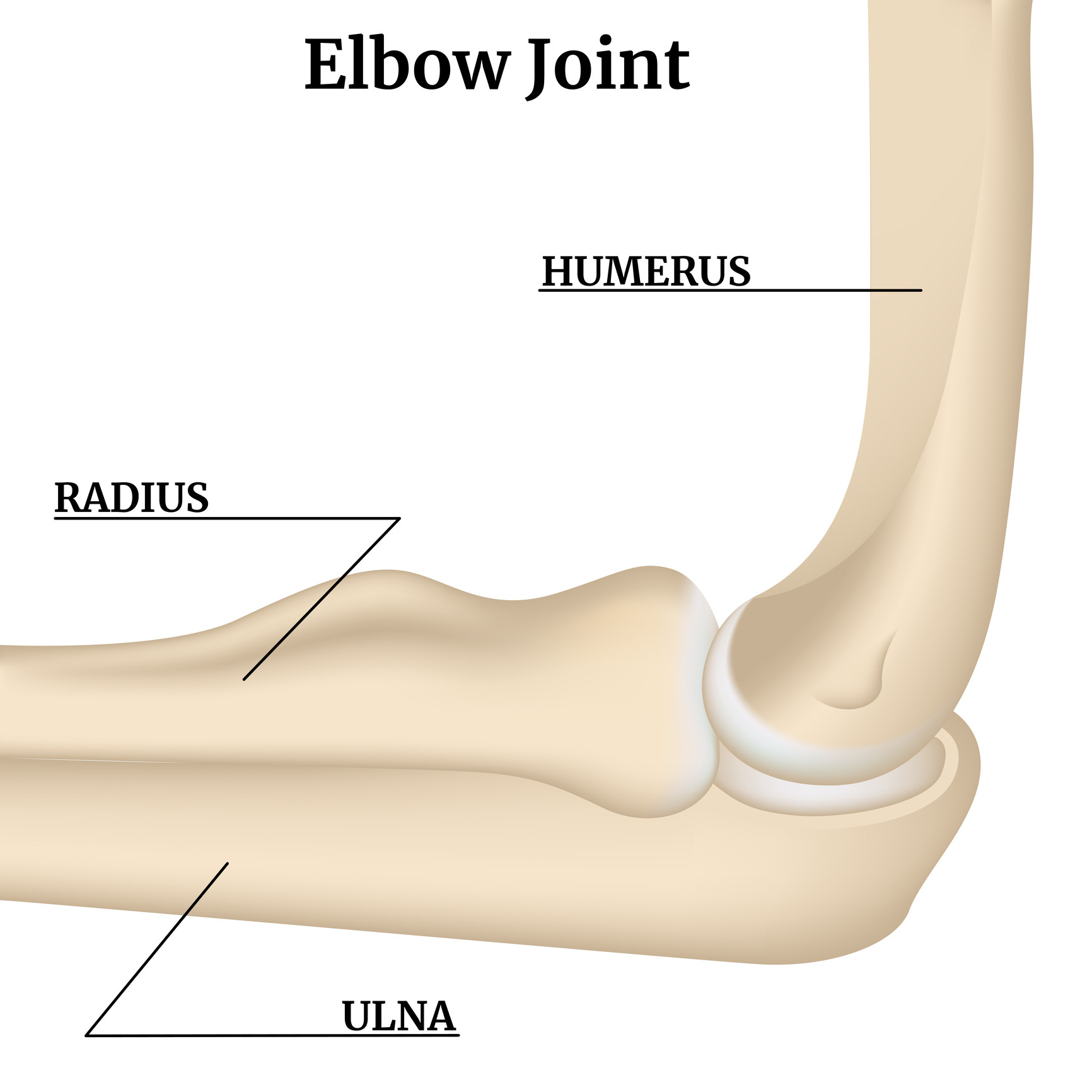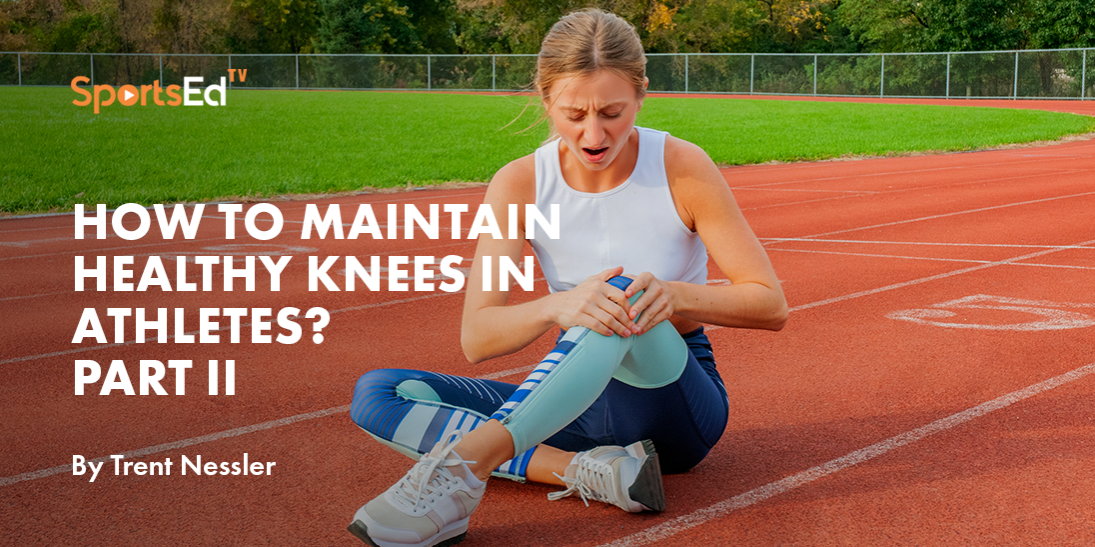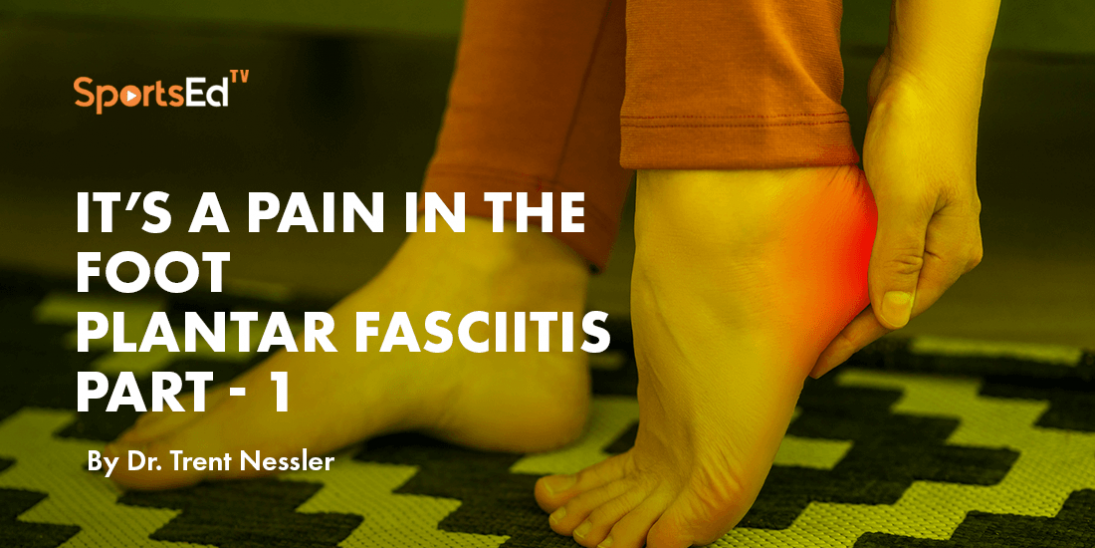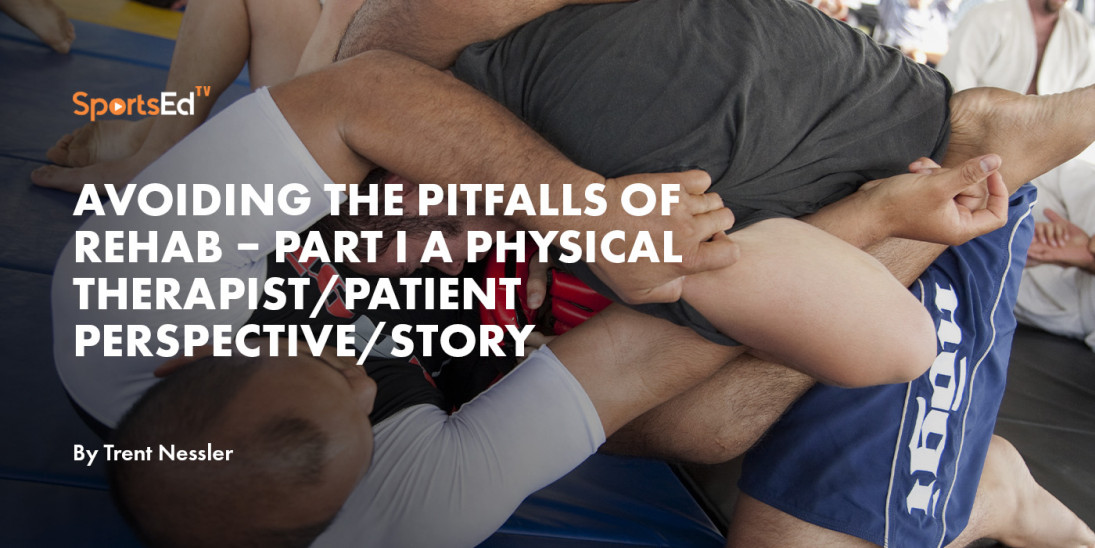Health, Tennis
Welcome and thanks for visiting...

Lateral Epicondylitis (aka Tennis Elbow): What is it & Can it Be Prevented?
Lateral epicondylitis, or Tennis Elbow, is what we commonly call it when someone complains of lateral elbow pain. It is called “tennis elbow” because this happens a lot in tennis players. However, this is also very common in Judo, Jiu Jitsu, weightlifters, and water skiers, to name a few. Any sport that requires a strong grip and overly activates the wrist extensors can cause lateral epicondylitis. If you combine sports such as these with excessive computer keyboard or smart device typing, this can exacerbate the problem. Understanding what is causing the problem is the first step in prevention. Throughout this discussion, I will highlight some “key points”. These will become important, especially when we start talking about treatment and prevention.

The elbow is composed of three bones (humerus, radius, and ulna). Your upper arm (humerus) connects to the two lower bones (radius and ulna) at the elbow. On the outside of the elbow (or radial side), there is a bony ridge above the radial head at the end of the humerus called the lateral epicondyle. The lateral epicondyle is the insertion point for the wrist extensors (extensor carpi radialis brevis or ECRB and extensor carpi radialis longus or ECRL). These muscles extend your wrist and eccentrically resist wrist flexion (key point). To identify this area, try this. Put your hand up on your desk, palm down and extend your wrist while keeping your forearm on the desk, the muscles that allow you to extend your wrist are the ECRL and ECRB. If you repeat this motion several times and look at your forearm, you can see the muscles contract and where they attach on the lateral epicondyle. If you bend your elbow and make that motion, the ECRB is the muscle that allows you to do and if you extend your elbow and do it, this is more ECRL. The longus crosses the elbow joint, so bending the elbow deactivates it and recruits more ECRB (key point).
Lateral epicondylitis is simply an inflammation of the tendonous insertion of the ECRB/ECRL (also known as tendonitis). This occurs when the stress to the muscle and musculotendinous junction outpaces the muscle and tendons' ability to repair themselves (key point). When the breaking down outpaces repair, this leads to injury, pain, decreased strength, and functional ability. For the purposes of this discussion, we are going to break this up into two parts: what to do if you feel symptoms coming on and what to do to prevent.
First, how to treat. With lateral epicondylitis, early detection is key. This will start to present as lateral elbow discomfort. This will most likely be more intense after training (tennis, weightlifting, Jiu Jitsu). It may present itself later in the day or at night once you are starting to shut down. You may also start to notice if you work on a keyboard, that you start to notice some irritation with typing or some tightness in the forearm. The further the pain radiates down your forearm from the elbow, the more involved or swollen the tissues are. This is a key factor you can use to tell if it is getting better or worse. If the pain centralizes around the elbow, this is getting better. If it is starting to radiate down the forearm, this is getting worse. Keep in mind what we said: the breakdown process outpaces the healing process. Considering this, we need to do things that will help accelerate the healing process and prevent this from becoming worse.
The first thing is inflammation control. If you feel pain in your elbow, start icing right away. One of the most effective ways of doing this is an ice massage. Take a paper or Styrofoam cup, fill it with water, and freeze. Peel the paper or Styrofoam off the end, leaving some to hold onto. Rub the end of this ice cube directly to the area where you have pain. Since the lateral epicondyle and extensor tendons are so close to the surface of the skin, this is a super effective form of icing. As the ice melts, this creates a layer of water between the ice cube and the skin. This transduces the cold much more effectively and deeper into the tissue. This form of icing should not be done for more than 5 minutes at a time due to the intensity of the cold. Perform this 4-5 times per day, and you should see a significant difference in pain and function in as little as 3-4 days.
In addition to inflammation control, you need to maintain the mobility of the tissue. Stretching of the ECRL/ECRB is important. Sitting or standing with your elbow extended, rotate your thumb downward as depicted here. Hold that position for 30-60 seconds. Stretching, especially with injured tissue, should never elicit pain. It is ok for it to feel tight, but it should not cause you pain. If this causes you pain, simply ease off and stay in a range that does not elicit pain. What you should find as you continue this and the icing is that the range of motion continues to improve. If you have had pain greater than a month, pain that radiates down your arm, is >3-4/10 pain, or is limiting your activity, you should see a sports medicine physical therapist, athletic trainer, or sports medicine physician.
Early detection is key. Addressing before becomes a major issue is the difference from this being an annoying problem to something that prevents you from playing your sport. Next week, we will start to discuss some things you can do to prevent tennis elbow. If you are prone to or have an athlete that is, I will give you some exercises to include in your routine that will help to prevent it. I hope you find this useful. Stay tuned!
Read more:








